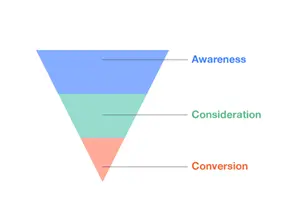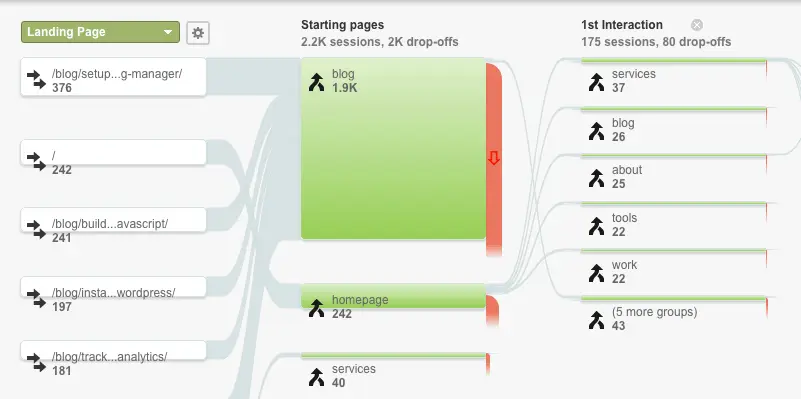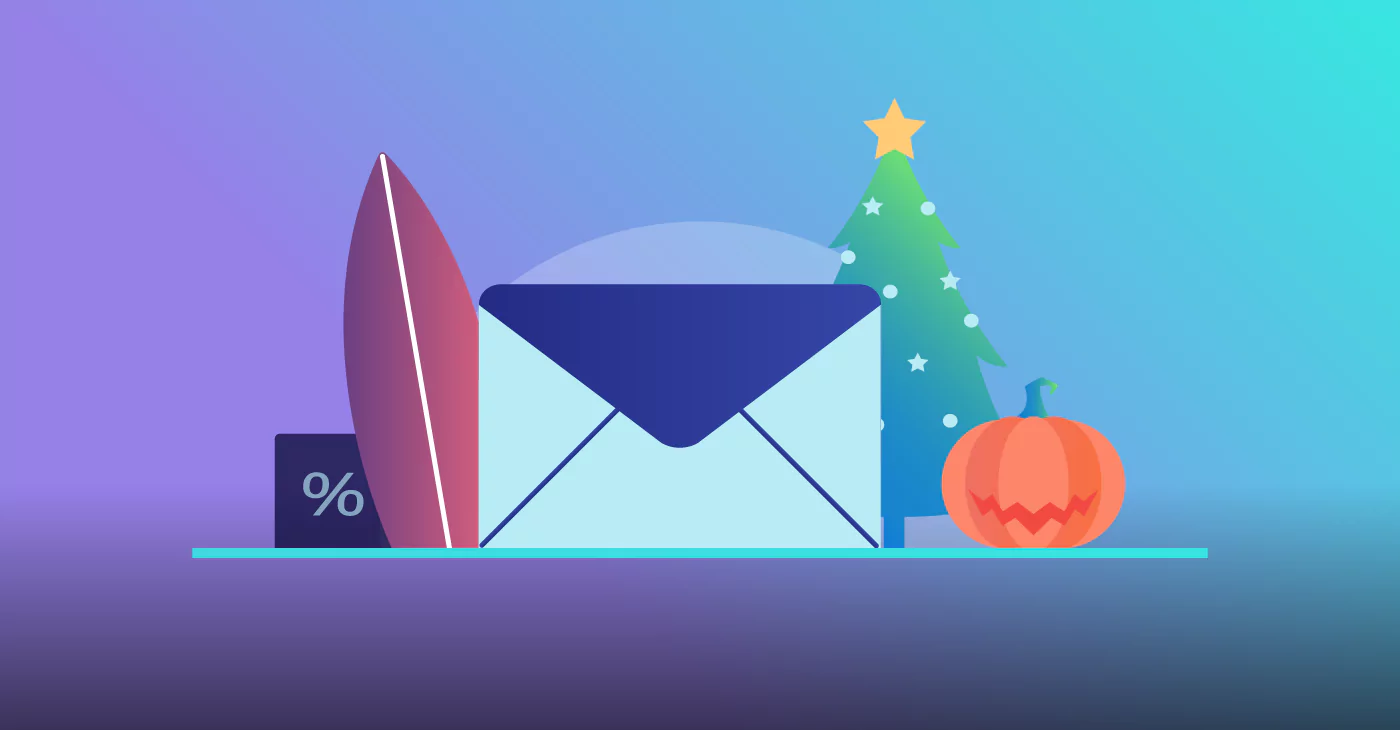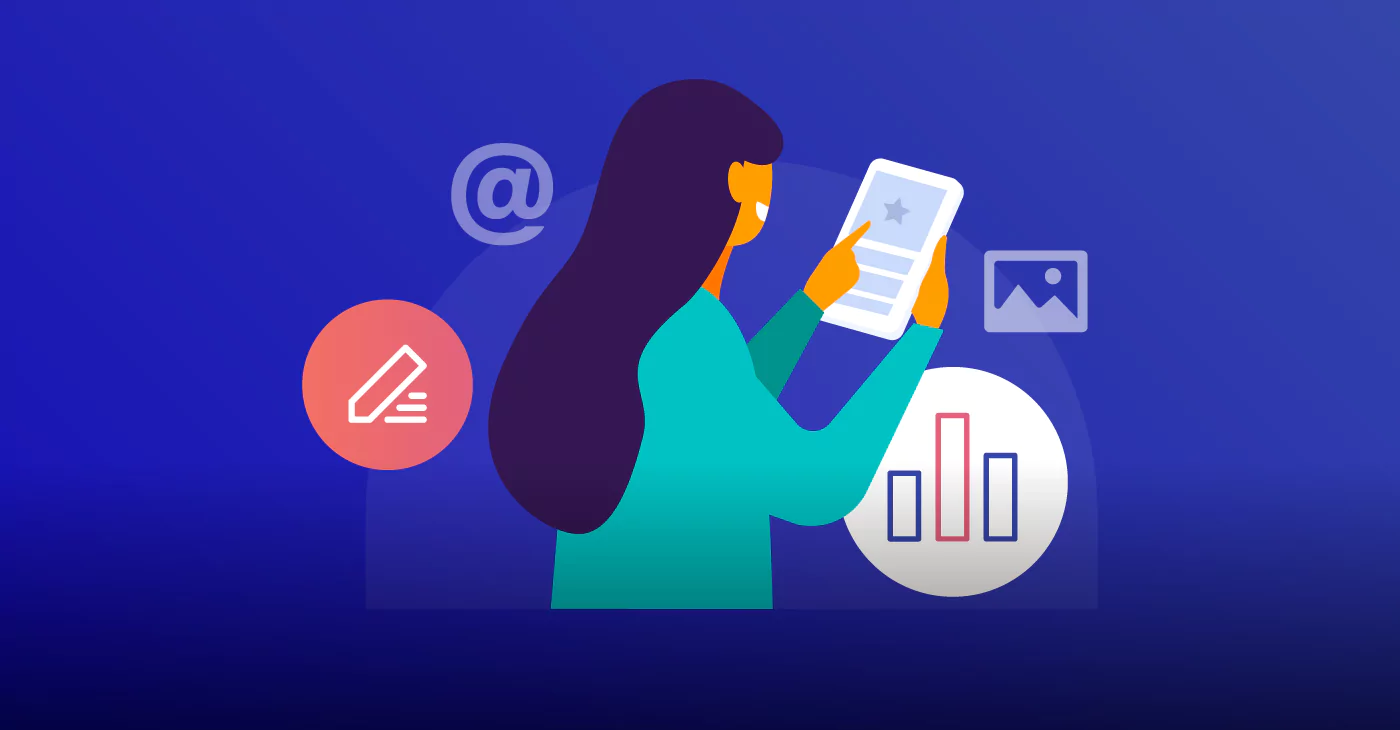6 Ways to Perfect Your eCommerce Journey Map to Create a Memorable Customer Experience
November 4, 2021 8 min read

Marketing in 2021 is all about providing the best customer experience possible. With so much competition out there, providing a first-class experience is the only point of differentiation for brands. A clear eCommerce journey map helps you achieve this.
The results of creating a great eCommerce journey map are plain to see, as they lead to repeat site visits, brand loyalty, and ultimately more sales. It will also help you see where your marketing strengths and weaknesses lie, as well as unify strategies between different consumer touchpoints.
In this article, we’ll look at an eCommerce journey map in detail below, cover the stages of the customer journey and then break down their creation into six manageable methods.
What is an eCommerce Journey Map?
An eCommerce journey map details a customer journey from start to finish. The beginning will be a potential customer’s first interaction with a brand, such as viewing an advertisement or discovering the brand through a Google search. The endpoint on this journey map is a sale.
There will likely be many touch-points between these two places. Different customers can join the customer journey from different points on the map, depending on where they sit in the sales funnel. Consumers may also join the journey from different platforms, such as advertising, a website, or social media post.
Stages of the eCommerce Customer Journey
The eCommerce customer journey has three main stages. Bigger brands with massive product ranges, huge advertising budgets, and great swathes of content may find it beneficial to break these stages into sub-categories. But for the purpose of your first map, it’s best to keep it simple.
Awareness
A potential customer becomes aware of your brand. This could be a chance encounter that piques their interest, such as seeing a banner ad. Or they may have identified a personal problem and discovered your business while seeking a solution.
Consideration
Users at the consideration stage are seeking more information. They have a solution to their problem in mind and are actively researching answers.
Conversion
Here, a user commits. They’ve done their research, likely been back-and-forth between you and your competitors, and have decided to furnish your brand with a sale.
When looking at these three stages, it’s important to note that they all have countless potential hurdles between them. Even when a customer reaches the decision stage, it’s not over – a brand needs to ensure their purchasing page is user-friendly, their shipping policy agreeable, and their after-sales email marketing and support is top-notch.
6 Ways to Perfect your eCommerce Journey Map
1. Create Customer Personas
An essential consideration when creating any marketing strategy is personalization. Remember we talked about the importance of providing a great customer experience? Well, 80% of consumers are more likely to buy from a brand if offered a personal experience.
With this in mind, it’s essential to know your customers. Marketing is much easier if you can understand a customer’s preferences, likes, and dislikes. So start your map by creating customer personas.
If you’re running a new startup, these will have to take the form of semi-fictional character sheets detailing personal details about your different customer types. If you’re already established, you can base these on data. You should be able to identify around five different customers who are likely to buy from your business.
As well as building a picture of their age, gender, location, family size, job, income, and hobbies, be sure to identify specific pain points that relate to your product range. Pain points are the various hurdles they’re likely to encounter across the three stages of your customer journey.
It’s essential to detail these as they’ll help you form the basis of your map, but don’t forget that different customers will have different pain points. The more of these that you can address through the likes of your content, the better the customer journey will be.
2. Create Tailored Content
The content on your website is the centerpiece of any eCommerce customer journey, so be sure to make it valuable. Content marketing costs 62% less than paid marketing but generates three times as many leads, so having a content strategy is an essential ingredient to getting your brand known.
Website content should be matched to search intent in order to compete for organic searches and be based around offering solutions to the pain points you’ve uncovered in the first step.
You’ll need to perform lengthy keyword research and match searched-for words to the pain points your potential customers have.
It’s important to separate pain points into the three stages of the customer journey and to ensure there’s a clear path from one stage to the next. For a logical layout with crystal clear navigation, it’s best to structure your content into pillar pages, topic clusters, and product pages, with an obvious internal linking path between them.
Don’t forget to pay attention to the content around your checkout pages. This needs to be as clear to a customer as a purchase order is to a buyer and seller. Just because you’ve drawn a user to commit to a conversion, it’s not over until they’ve entered their financial details and set the final process on its way.
3. Identify Additional Touch-Points
Once you have your content covered, identify additional ways in which customers may interact with your brand. Consider the following:
- Advertising
- Social media
- Customer service
- Reviews
- Email marketing
These are five potential touch-points a brand can have with its customers – bigger organizations may have many more. Once you’ve completed your list, you need to draw a logical path from each touch-point to your website and to ensure users land on the right page.
4. Refine Through Data
Through Google Analytics, you can track a wide range of metrics that will help you refine your customer journey. Look at where customers are coming from before they land on your page. Study individual bounce rates, exit rates, and the number of pages visited during a session.
Through analytics, you’ll be able to see whether your non-website touch-points are linking well with your content and also whether your content is working overall. Are users following your intended path from landing pages to checkout pages? If not, where are they dropping out, and why might this be?
Google’s Behavior Flow Report can help you identify common flows, especially if you have a large amount of traffic to analyze. This step will help you gauge the effectiveness of your work so far and where changes to your map need to be made.
5. Add Additional Functions to Fill Gaps
Once you’ve made your changes, you can consider complementary functions to polish the user journey even further:
- Chatbots or digital assistants
- Product recommendations based on browsing behavior
- Keeping non-checked out baskets for a customer’s next visit
- Emailing abandoned baskets to give a customer a second chance to convert
- 10% off orders for new customers
These five examples are all geared towards improving the customer experience. Even if the navigation on your site is first-class, you may be able to steal an advantage from your competitors by going the extra mile.
For example, adding a digital assistant through the use of software can instantly direct a customer to the product page they’re looking for, saving them browsing time. Marketing for eCommerce can be automated across the whole journey map, making your own life easier and improving the experience for customers.
As always, refine through the use of data, and consider A/B testing to get an even closer look at which approaches are either succeeding or failing.
6. Gather User Feedback
There’s never a bad time to gather customer feedback, so feel free to do this at any point when creating your eCommerce journey map. For best results, do it as often as possible. Although data is a brilliant source of information, it won’t ever tell you the full story. For that, you need to go straight to your customers.
You could even introduce website surveys that pop up on specific pages: “what were you looking for today?” Or something along the lines of: “please name one thing that could improve this page”. Ensure questions are page-specific and matched to the three stages of the customer journey, and you’ll be able to gather data to perfect the path even further.
Conclusion
Creating the perfect eCommerce journey map may seem like a mammoth task, but break it down into these six simple steps and you’ll have a solid foundation that will grow in line with your business.
It’s important to note that your map should always be evolving in the same manner that your content marketing strategies change. Remember – your brand will hopefully grow, industries will develop, new competitors may spring out of nowhere and customers could change their expectations over time.
Once you’ve followed these six steps, be sure to revise them every three to six months. Data and regular feedback are a powerful combination, and by staying relevant with your eCommerce journey, you’ll be doing everything you can to provide a fabulous customer experience.
Author Bio
Nick Shaw has been Chief Revenue Officer (CRO) of Brightpearl, the number one retail-focused digital operations platform which encompasses sales and multichannel inventory management software, accounting, logistics, CRM, and more, since July 2019 and is responsible for EMEA Sales, Global Marketing and Alliances. Before joining Brightpearl, Nick was GM and Vice President of the EMEA Consumer business at Symantec and was responsible for a $500m revenue business. Nick has written for sites such as Hubspot and G2.












